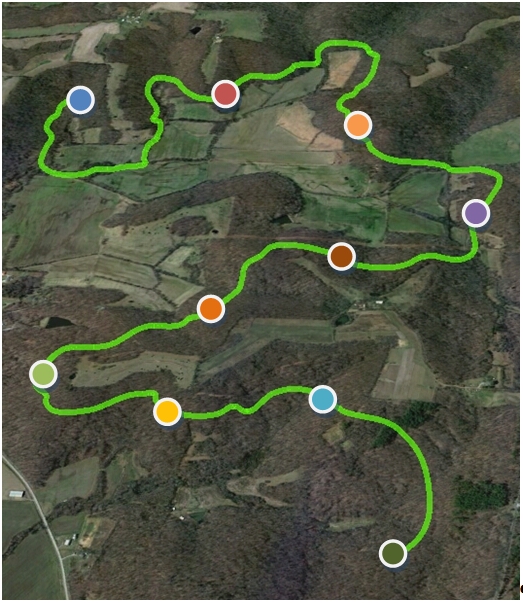Characterize Ecology of Species or Systems
STEP 4: CHARACTERIZE THE ECOLOGY OF SPECIES OR SYSTEMS BEING ASSESSED
Outcomes or Products
- Characterization of species and/or systems being assessed
Prerequisites
STEP 3: Identify species and/or ecological systems to be assessed
Description
It is critical to understand the species or ecological systems of interest in order to determine how to assess connectivity; in this step, you will characterize the biology and ecology of the species or systems to be assessed.
Skill Sets or Expertise Needed
- Basic ecological and biological knowledge of the area
- Basic research skills
- Biological or ecological expertise in the species or systems to be assessed
How to Conduct This Step
Develop a reasonably comprehensive understanding of the biology of the species or ecological systems of interest by reviewing species or system characterizations, if available, and literature review. In addition to doing your own research on the species, it will be helpful to consult with knowledgeable zoologists or ecologists; they can readily provide key information on the species’ biology in relation to potential barriers that will inform how to think about and assess connectivity for your species or systems of interest. The following factors all have the potential to shape a species’ connectivity needs:
- Habitat preferences
- Daily, seasonal, and longer-term movement or migration timing, spatial patterns, and behaviors
- Reproductive patterns and behaviors as they relate to movement or migration
- Feeding/foraging patterns and behaviors as they relate to movement or migration
- Competitive or predator-prey interactions as they relate to movement or migration
- Other traits or characteristics that influence the timing and spatial patterns of species’ movement or migration
Understanding these characteristics for the species or systems of interest is necessary to be able to identify features that may pose barriers to movement or landscape permeability. For example, timing of movement is important especially for assessment supporting infrastructure planning because it can inform the window of activity that will and will not impact movement behavior.


